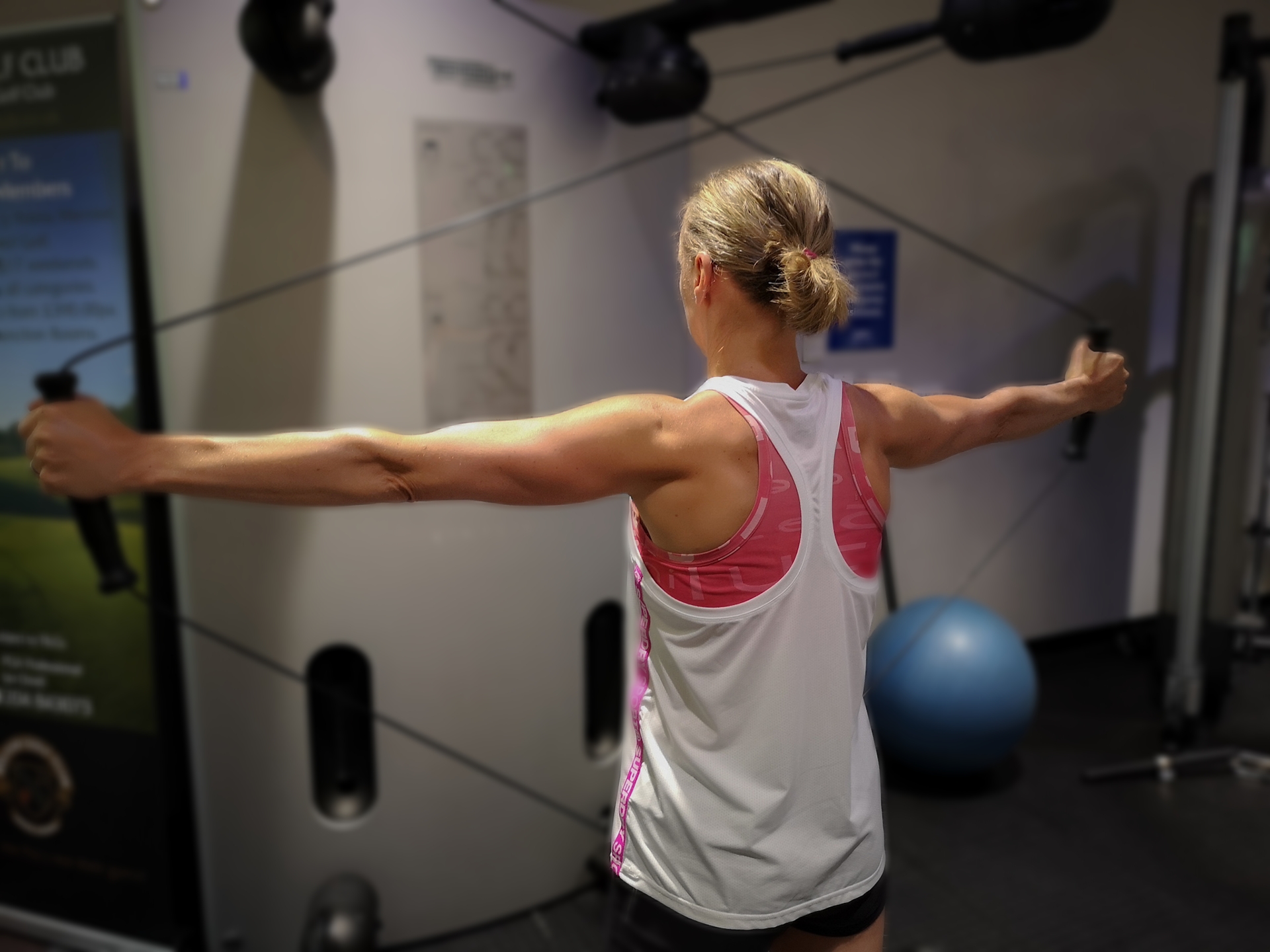Winter sports are a very popular hobby and holiday for many of us. Thousands of people head off on the piste to Europe, USA, Canada to ski or snowboard in many different ways. It is common knowledge that these sports can often lead to injury, sometimes serious injury, which can not only ruin your holiday, but can also have longer-term repercussions. Therefore, it is becoming more common for people to spend time working in the gym to get fitter and stronger before their holiday.
Many gyms even run “Ski Fit” classes, with most promising “injury prevention” conditioning exercises. We get asked all the time what people should do to prepare for skiing and snowboarding trips.
This blog discusses the research on injury prevention in winter sports and looks at the best ways to prepare for the winter season.
The most common winter sports injuries?
Research shows that knee injuries are the most common soft tissue injuries in both snowboarding and skiing. Interestingly, there is a lower injury rate compared to football, but the severity in winter sports is much higher. Knee problems were closely followed by shoulder, lower back/pelvis, lower leg/Achilles and head/face injuries. The ratios and statistics were closely related to each other in the elite, amateur and youth categories, showing that at all levels, there is a similar level of risk.
Other injuries discussed in the literature were fractures, sometimes accounting for over 17% of injuries, and concussions – 7 to 14% depending on the study.
In a review of all the literature that is out there, there isn’t much evidence to support gym or strength-based training as a method of injury prevention. It did show, however, the top 4 injury prevention tips:
- Using correct bindings and fitted skis
- Wearing a helmet
- Wearing wrist guards
- Education on the slopes (advising getting lessons for those new or infrequent skiers or boarders. For those more experienced winter sports enthusiasts, it’s still important that you understand the terrain and follow the rules of the region.)

But, should we scrap the pre-holiday gym work?
Therefore, is there an argument for still doing that 6-8 weeks training before you go on your winter break? I believe the answer is still yes – for most of you! For those who visit the gym 3 to 4 times a week and describe themselves as moderately-highly active, there is probably no need to change anything, just make sure you hire or buy the correct equipment and always wear a helmet.
For the rest of you…
Good physical conditioning is important to prevent joint injury as well as muscular strains and soreness. A major factor causing ski injury is fatigue; we’ve all felt tired on the slopes and just thought “one more run” only to result in a fall. Skiing is the sport in which the largest proportion of people who participate do not condition themselves prior.
If you want to get the most out of your trip, here are some very simple ideas to help you.
To get the most out of any conditioning program, you must first identify the movement patterns then master them by developing adequate movement control and strength training within those specific movements.
All movements, regardless of the sport or activity, can be broken down into component movements. Think about downhill skiing, for example. You spend a great deal of time with your feet parallel while lowering your body toward and away from your feet to absorb shock and carve turns. This is squatting!
In addition you also have to turn while skiing creating a rotational pattern. And the use of poles requires that you perform pulling movements with your arms while maintaining balance on your feet.
In summary
If you are highly active, make sure you invest in getting correctly checked good equipment so that it is perfect.
For those of you who are less active, the main movements to control are squatting and rotation. Also as alpine skiing demands eccentric leg strength, it is vital that this plays a part in your plan. At Summit we would break this down further into low and high threshold training to maximise your winter trip.
You’ll have a far more enjoyable and productive trip as a result!
We would be happy to discuss this with you further if you feel this would be beneficial, alternatively book online to get started.
Have you read our other Blogs?
Top tips to avoid injury when skiing
Benefits of a warm up
Knee Pain Videos



